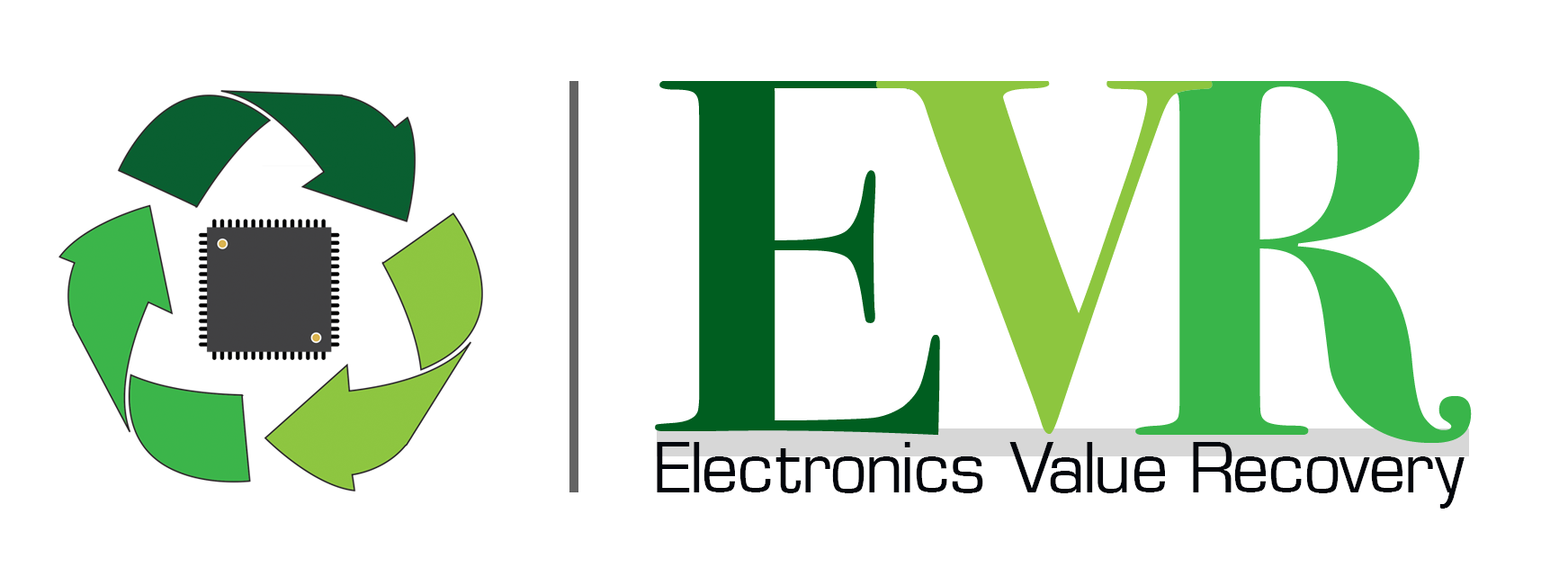
From the Twentieth Century to Today
Efforts to establish Native American Heritage Month began in 1915. Native American Red Fox James, rode over 4,000 miles on horseback seeking approval for a day to honor Native Americans. He presented the endorsements of 24 state governments to President Woodrow Wilson and nothing came of it.
It wasn’t until 1990 that President George H.W. Bush declared November as National American Indian Heritage Month. President Barak Obama changed it to Native American Heritage Month. President Joseph Biden was the first to recognize Indigenous People’s Day as a National Holiday. It is held each year on the second Tuesday of the month, the same day as Columbus Day. For many it is a counter-celebration to Columbus Day.
Native American Heritage Day Emphasizes Care for the Environment
For many, the day after Thanksgiving, “Black Friday,” is a frenzy of buying more stuff. It is also National Native American Heritage Day. Thanksgiving is a day of mourning for the First Nations. For them, the day after celebrates Native American spirituality, and emphasizes gratitude for creation and care for the environment, the opposite of Black Friday.
A Return to Sustainable Practices and Protection of Biodiversity
Their history of sustainable traditions is rooted in a deep understanding of the environment and a desire for harmony with nature. Many of these methods have been “re-discovered” and are being put back into use again today. I remember learning about growing the “Three Sisters” – corn, beans and squash together – as a child. The practice helps improve soil fertility and reduces the need for synthetic fertilizers and pesticides.
Indigenous peoples have been leading on the protection and restoration of carbon-rich, biodiverse forests and other ecosystems essential to fighting climate change and species collapse. The Indigenous territories make up about 22 percent of the world’s land surface but hold 80 percent of the world’s remaining biodiversity. And while biodiversity is under threat everywhere, it is declining more slowly in areas managed by Indigenous peoples.
Blaming the Consumer
Until the 1971 environmental demonstrations blamed the industry for pollution and throwaway containers. That changed with the anti-litter ad campaign developed for Keep America Beautiful. It aired for the first time on Earth Day 1971. It featured an Italian-American actor portraying a Native American man “Iron Eyes Cody, The Crying Indian.” The PSA’s tagline was “People start pollution. People can stop it.” With this campaign, the consumer goods companies and the plastic industry shifted the blame to the consumer. It made them feel guilty and responsible. We’ve been trying to recycle our way out of the growing waste stream ever since.
Recycling Is Only Part of the Answer
Recycling alone cannot do it. We must adopt the Seventh Generation Principle which is based on an ancient Haudenosaunee (Iroquois)* philosophy that believes the decisions we make today should result in a sustainable world seven generations into the future. By shifting to a circular economy we reduce our negative impact on our environment and move towards this sustainable future.

